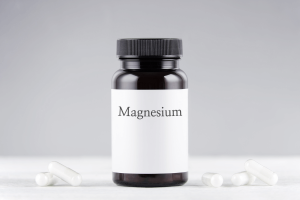
In Finland, researchers are exploring how movement-generated sound, known as sonification, can enhance neurological rehabilitation. Interest in this approach has grown rapidly in recent years, particularly in the rehabilitation of individuals recovering from subacute stroke. Over the last few years, the use of sonification in the neurological rehabilitation process has been of increased interest, particularly in subacute stroke. There is already strong research evidence emerging globally,” says Senior Researcher and Docent Hanna Pohjola from the Department of Technical Physics at the University of Eastern Finland.
The most recent pilot project aimed to expand the sonification application beyond post-stroke rehabilitation, integrating multiple sonification techniques for various conditions. The initial experience was positive among the participants. The participants showed an increased concentration and motivation, and moved their hands and legs significantly more. Therapists observed that combining sound with physiotherapy and occupational therapy stimulated the senses, while participants described the training as creative and playful.
Physiotherapists and occupational therapists who participated in the project thought that the strength of sonification is the ability to combine physical motions with cognitive abilities and memory training. Amanda Kröger, an Occupational Therapist, noted that this could be an appropriate solution to cerebrovascular disorders or spinal cord injuries. Physiotherapist Noora Puranen added that it might also assist those with memory disorders, amputations, or internal medical-related conditions, emphasizing its high potential for future growth and expansion.
The pilot evaluated two different methods of sonification at Harjula Hospital. The first was an upper limb-based system using two cameras connected to a laptop to track arm movements, while seated at a table. The second used motion sensors, each about the size of a matchbox and worn on the wrist, ankle, or sternum. These sensors sent the data related to motion to a computer, enabling exercises either standing or seated, and allowing combined movements for coordination training.
A key goal of the collaboration was to develop software suitable for clinical use. Occupational therapists and physiotherapists were required to operate the system independently without technical support. Academic Researcher Aku Sinokki describes that the motion sensors and software were initially designed for the Biodatasonaatti dance piece by Dance Theatre Minimi. In this pilot project, the team further enhanced the system and introduced the camera-based approach. These two were tested and adjusted both in the HUMEA laboratory before being implemented in Harjula Hospital.
Docent and Senior Researcher Hanna Pohjola of the University of Eastern Finland describes that initial positive findings are promising and reflect a growing global interest. The potential of sonification in rehabilitation is increasingly supported by research evidence worldwide.
References: Mustonen M. Harnessing the power of movement-generated sound for rehabilitation. University of Eastern Finland. Published November 14, 2025. Accessed November 19, 2025. Harnessing the power of movement-generated sound for rehabilitation | University of Eastern Finland













